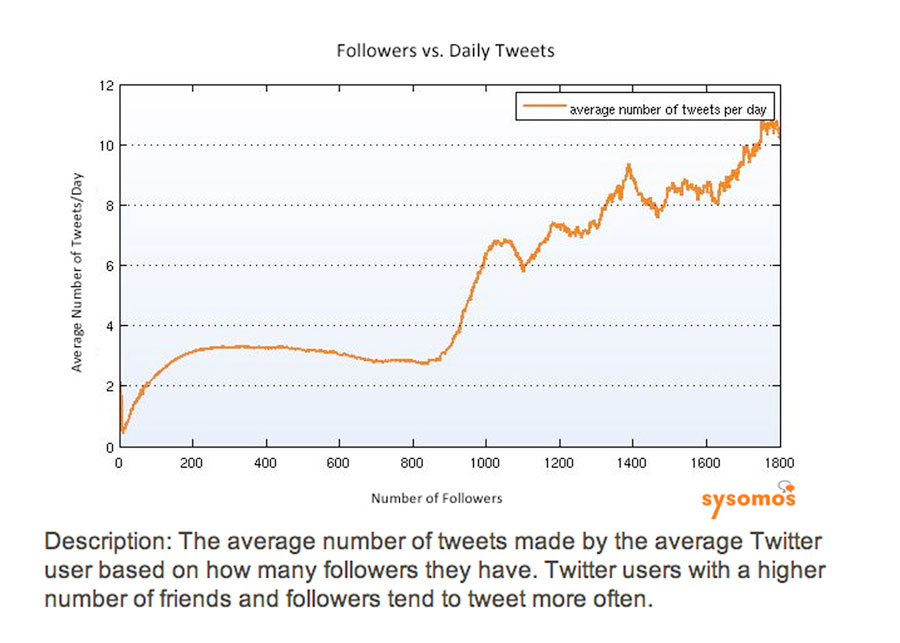Twitter made its official debut in 2006, but it stormed the social media stage earlier this year to become one of cyberspace’s biggest stars. Since then, research findings have begun to paint a compelling picture of the platform’s growing domination over modern marketing. For example, a survey of CMOs conducted by Anderson Analytics revealed that, when asked which platform would figure into the marketing plans most in coming months, the highest percentage (41%) cited Twitter.
But what about the driving force behind Twitter: the tweeters themselves? What habits and behaviors might help inform marketing and communications executives’ Twitter strategies? A June 2009 research report released by Sysomos sheds light on just that, offering an in-depth look inside the tweet-o-sphere.
TWITTER ACTIVITY
It’s not surprising that, according to the Sysomos study, only 5% of users account for 75% of all activity. After all, similar statistics have been linked to the blogosphere, which underscores the importance of identifying the most influential online users when communicating via social media.
In terms of joining Twitter, nearly 73% of all users joined during the first five months of 2009, which coincides with the platform’s tremendous growth, especially in March and April. And that spike in growth wasn’t random: In April, Ashton Kutcher waged a very public race with CNN to see who could reach 1 million Twitter followers first (Kutcher won). Then, On April 17, Oprah Winfrey joined Twitter on her show with the help of the platform’s co-founder, Ev Williams.
But just because people are signing up in droves doesn’t mean they are actually participating in Twitter conversations; 21% of users have never posted a tweet, and 85% average less than one tweet a day.
As far as the best day and time to tweet from a marketing perspective, based on a sample of 20 million tweets, Tuesday sees the most Twitter activity (16%), followed by Wednesday (15.6%) and Friday (15%). As for the best time of day to tweet, most Twitter activity happens between 11 a.m. and 3 p.m. EST.
FOLLOWERS & FOLLOWEES
According to the Sysomos study, 94% of Twitter users have fewer than 100 followers, and 93% follow fewer than 100 people. Of the people who identify themselves as marketers, 15% follow more than 2,000 people, compared to the 0.29% of overall Twitter users who follow more than 2,000 people.
The number of followers a user has is a good indicator of his/her authority and engagement. As Twitter users attract more followers, the study found that they begin to tweet more frequently (see graph). Specifically, once someone has 1,000 followers, the average number of tweets per day jumps from three to six; when someone’s following rises to more than 1,750, the number of tweets per day reaches 10. That said, only 1.13% of users average 10-plus tweets per day.
On the whole, social media marketers are more active on Twitter than the overall population of users. Thirty-five percent tweet more than once a day, compared with 15% of all Twitter users.

COMMON KEYWORDS
Any good communicator knows the value of search engine optimization and, as Twitter becomes a viable search platform in and of itself, optimizing Twitter profiles and the tweets themselves gives these professionals an edge.
The Sysomos study revealed that the most common keywords in social media marketers’ profiles include: “marketing,” “advertising,” “business,” “public,” “relations,” “online” and “consultant.”
Survey findings such as these are only the tip of the Twitter iceberg. Surely, as the platform’s popularity climbs, more research will help shape best practices. For now, though, tweet often, and tweet on Tuesday. PRN
CONTACT:
Follow PR News on Twitter @PRNewsOnline.
